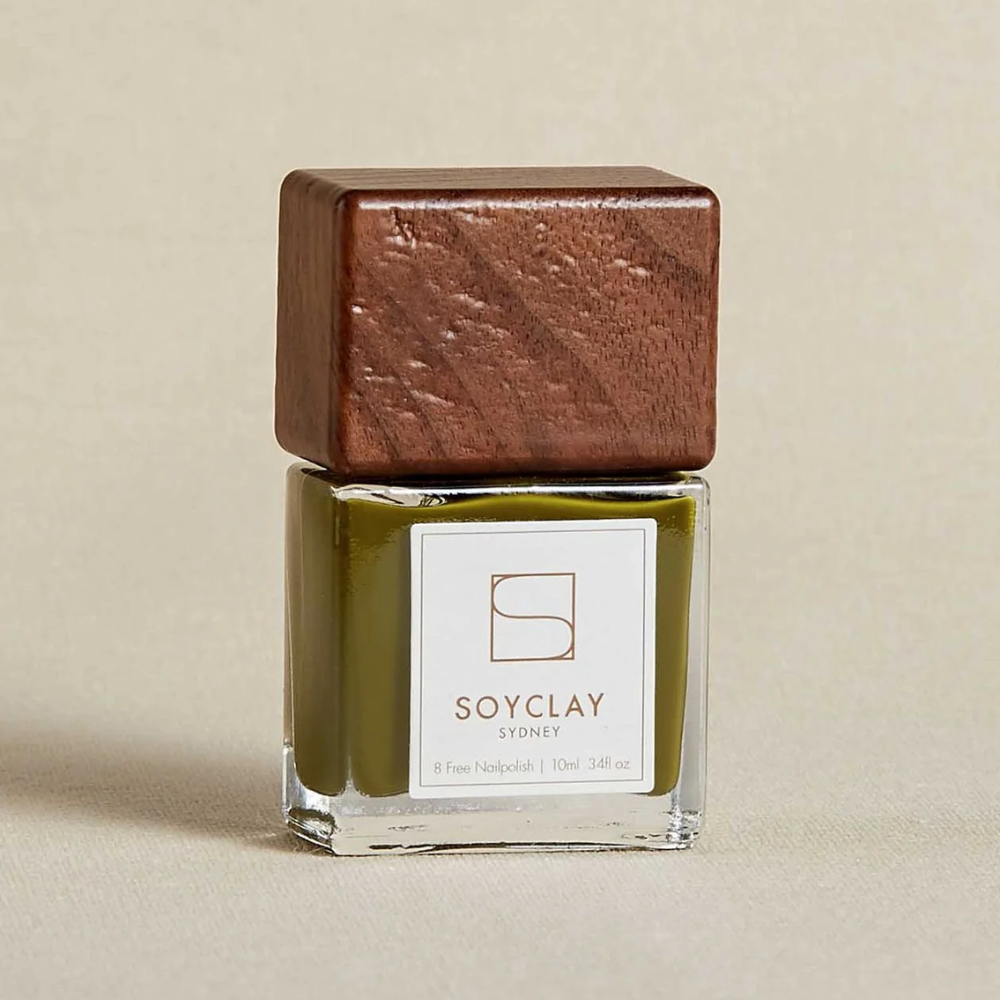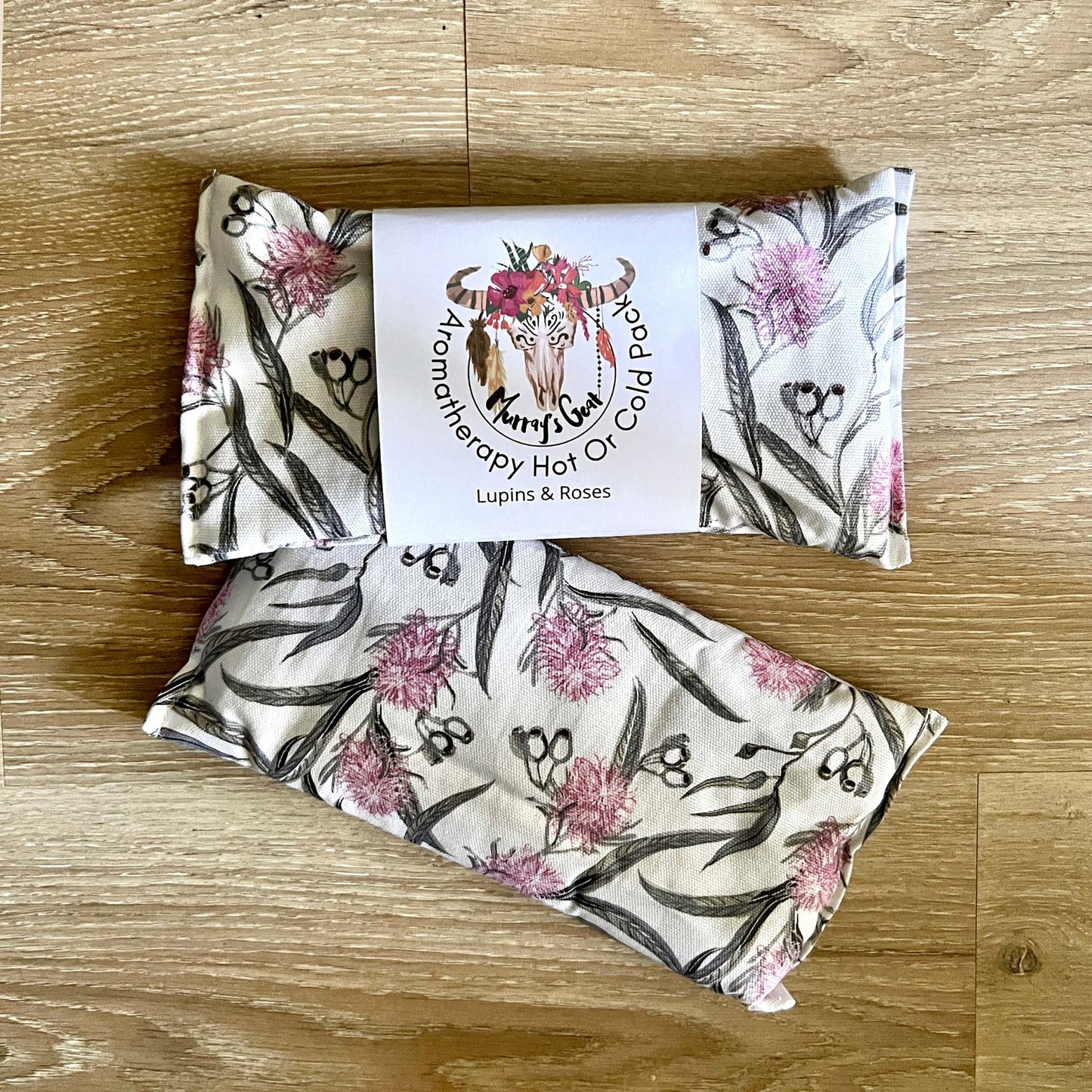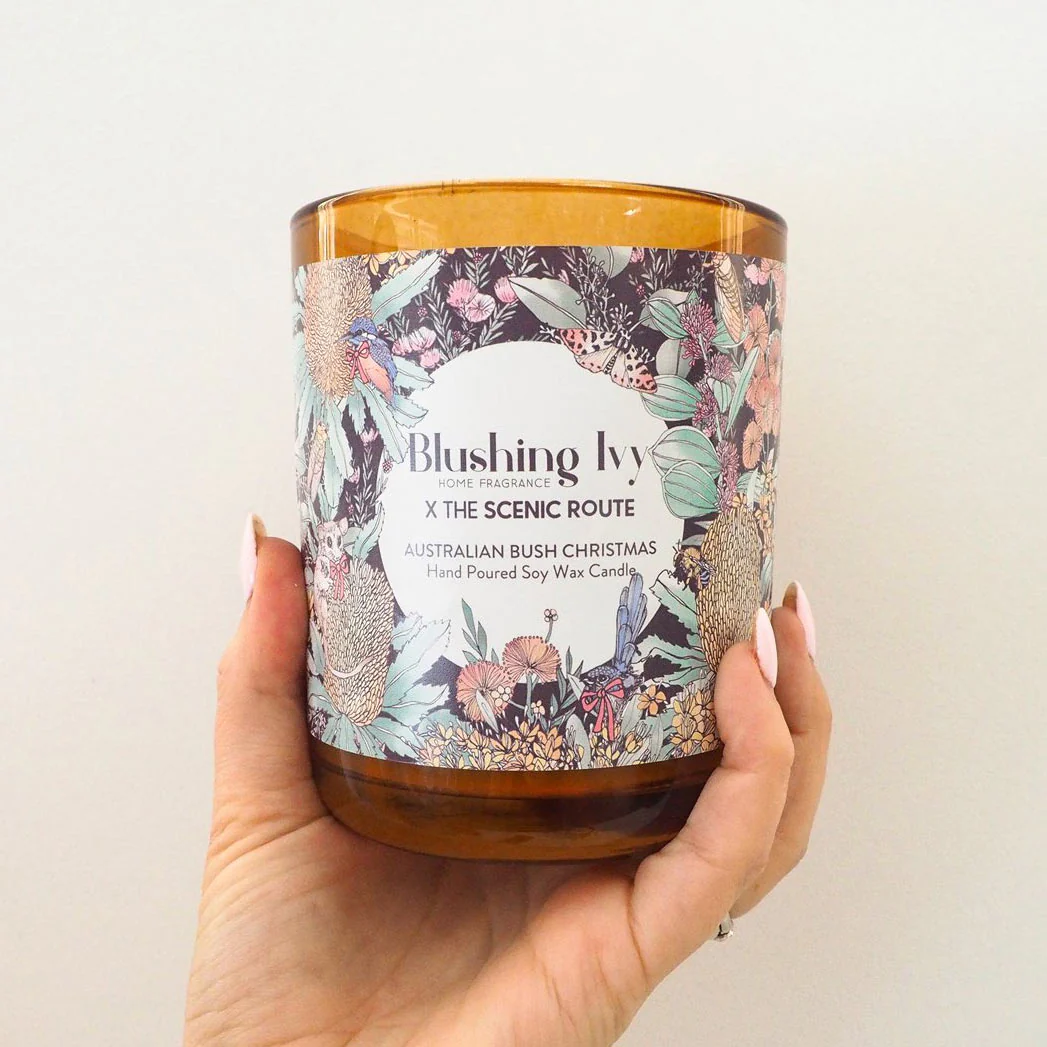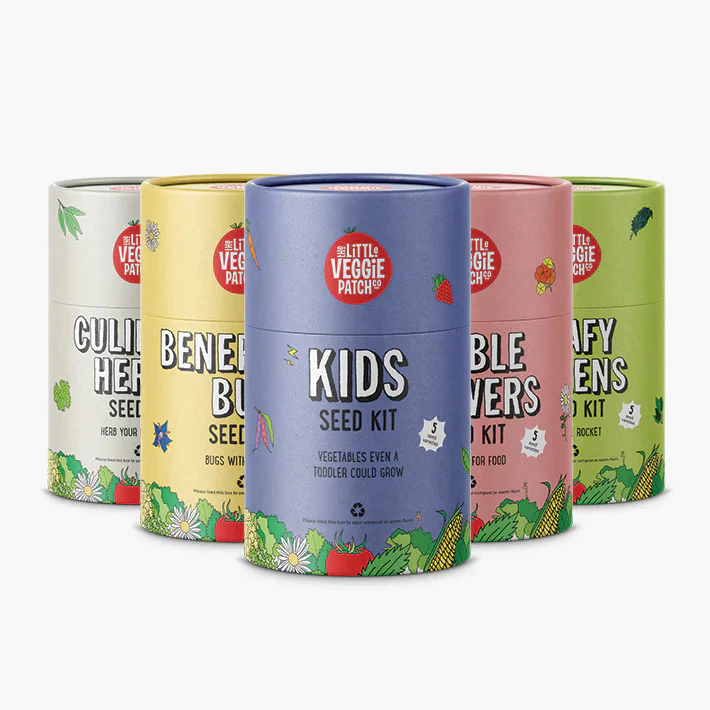
Succulents part 1 - getting started
The ultimate plant for those who seem to have misplaced their green-thumb (me) or don’t have the time or space to have a large garden, succulents are ridiculously low maintenance and easy to care for. Originally from desert areas, succulents are a category of plant that can trap and store water, making them extremely well-adapted to harsh, dry environments. This category does include the Cactaceae (cactus) family, but the the term ‘succulent’ is mostly associated with the little green plants with thick, rather rigid and fleshy leaves that look super cute in tiny pots on your desk #onewithnature.
Unlike a typical household plant, most succulents don’t flower; the beauty of a succulent is its leaves, which come in a range of sizes, colours and shapes and have become very trendy due to their versatility._x000D_ _x000D_ The main type of succulent you will come across is the Graptopetalum, which has large rosettes and is often a greeny-gray colour.
Other common types of succulents have fancy names like Crassula, Sedum and Echeveria.
Getting Started: You don’t need to spend a fortune at the nursery to live out your succulent dreams. If you’re just starting out, there are loads of different types that are readily available at nurseries and most farmers markets that you can easily re-pot into whatever you want; teacups are especially adorable for a single plant or a wide shallow dish is perfect if you want to have a few different types.
1. Fill your container three-quarters of the way with potting mix and fill the remaining with gravel (or any tiny-rock-and-dirt combination you can find). Mix them both together and add a little water to make the soil damp before mixing again. This ensures the soil is aerated and the rocks help to trap moisture and nutrients for the plant.
2. Dig a hole in the soil and gently remove your succulent from its plastic pot (you may need to squeeze the edges) and pop it in the hole. If you’re planting more than one in the pot, it’s nice to put the biggest off to one side and surround it with the smaller ones in groups of similar shapes.
3. Sprinkle some (non-plastic) aquarium rocks or small rocks around each plant to cover the soil (this will help to trap the water under the soil) TA DAAAAA! So easy.At first, keep your pot somewhere that gets quite a bit of shade but is still mostly warm and sunny - their leaves can burn if they are suddenly exposed to too much sun. You can gradually increase the amount of sunlight they receive over the next couple of weeks. Due to their adaptation to desert environments, you won’t need to worry about watering them all the time. Depending on how much sun they get, they usually just need a light misting once a week or so, but be careful to not dump a whole lot of water on at once as the plants can actually drown! A hairdressing spray bottle or something similar is perfect for the job.
Succulents part 2 - expanding your succulent family
Succulents are kind of like the starfish of the plant world - a whole new plant will grow out of an existing segment if you remove it carefully. Unfortunately you’ll need to sacrifice one of your new plant babies, but don’t worry - you will have lots of new ones in no time! It’s best to do this when the plant starts getting ‘leggy’, which is when it starts to stretch out to seek more sunlight, leaving wide spaces between the leaves.
This technique is much simpler than it sounds and will have you feeling like a plant queen (or king) in no time. Graptopetalum are perfect for propagating and is the type that I will be using in the steps below._x000D_ _x000D_ 1. Start by removing the lower leaves on the stem: gently grab one of the fleshy leaves and wiggle it up and down until it snaps off.
2. Emphasis on the GENTLY: you need the whole leaf to propagate because the teeny roots will grow out of the bit that joined to the stem. Repeat with the other leaves.
3. When all the leaves have been removed, use a pair of sharp scissors to cut the rosette off half way down the stem, so that there’s still a little bit of stem sticking out of the pot.
4. Leave all parts of the succulent to dry out. This lets them heal over in preparation for growing new segments. If you plant them straight away they will rot in the ground (I did this the first time - 10/10 disappointment). The time taken to dry will definitely vary depending on the weather - usually 1 - 3 weeks.
5. They should start to look shrivelled and have tiny shoots coming out of the newly-healed end.
6. Lay each leaf down on top of some soil in a pot or in your garden, out of direct sunlight. Mist with just enough water to keep the soil damp every few days. Leave them for a week and you’ll start to see little pink shoots coming out (exciting!).
7. Once the original leaf starts to wither and die you can carefully remove it and plant your new baby wherever you like. The stem of the ‘sacrificed’ plant will have healed over too and new little plants will start shooting up all around it and if you have let the stem of the rosette heal over, you can now plant it again and it will continue to grow. These little plants are truly amazing. Once you really get going and have some mad succulent skillz, they also make fantastic centrepieces, gifts and even feature walls.
__________________________________________________________________________Author: Sarah Burton_
Images: courtesy of Sarah Burton





















